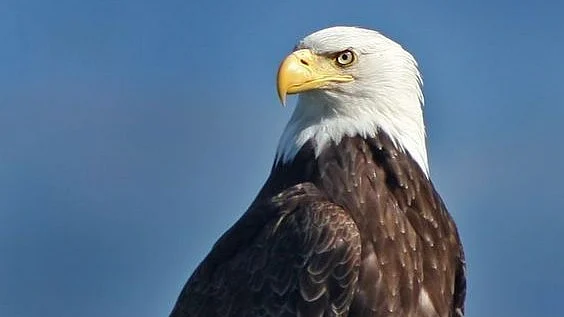It’s official! The symbol of America, Bald Eagle, is officially the National Bird of America. The Senate finally passed a bill officially designating the bald eagle as America’s national bird. This bill comes cementing the raptor's status as a formal symbol of national pride after more than two centuries. The bill, sponsored by Minnesota Democrat Amy Klobuchar, was passed unanimously.
“For more than 240 years, the bald eagle has been synonymous with American values, yet it is still not officially our national bird,” said Senator Cynthia Lummis (R-WY), a co-sponsor of the bill. “Today’s bipartisan passage brings us one step closer to solidifying the eagle’s place as an enduring symbol of our freedom, and I look forward to seeing this legislation pass the House and signed into law soon.”
The initiative was spearheaded by educators and authors Preston Cook and Jack E. Davis, who have focused their careers on the history of the bald eagle. They successfully garnered support from lawmakers in states with significant bald eagle populations, such as Minnesota, which boasts the nation’s second-highest concentration of the bird, behind Alaska.
America, however, is not the first to use the eagle as a national symbol. The bird has historical precedence dating back to Roman times. However, the Founding Fathers specifically chose the bald eagle for its unique presence in America. Despite its prominent display on the Great Seal of the United States since 1782, the bald eagle was never formally ratified as the national bird.
The push for formal recognition of the bald eagle gained momentum as sightings became more elusive during the 20th century. Excessive hunting, driven by the bird's prestige as a national symbol, led to its dwindling population. The Bald Eagle Protection Act of 1940 was enacted to ban the killing or selling of these birds, helping stabilize their numbers.
However, the introduction of the pesticide DDT after World War II caused further decline. Runoff from farms contaminated water bodies, decimating the fish populations that bald eagles rely on. Eagles that consumed poisoned fish became sterile, and many eggs were too weak to survive. The bald eagle was added to the endangered species list in 1978, six years after DDT was banned.
Through concerted conservation efforts, breeding programs, and strict enforcement of protection laws, the bald eagle population rebounded. The species was removed from the endangered list in 2007 and continues to thrive today.
The Senate's recent passage of the bill is expected to be followed by approval in the House. The bill, introduced by Rep. Brad Finstad (R-MN), is anticipated to pass this fall.
“These majestic creatures have long been viewed as the official bird of this country, and it is past time we made it official without costing taxpayers a single cent,” said Lummis.
Cook, who has collected over 40,000 pieces of eagle memorabilia and wrote “American Eagle: A Visual History of Our National Emblem,” discovered that the bald eagle had never been officially designated as the national bird during his research. He and Davis, author of “The Bald Eagle: The Improbable Journey of America’s Bird,” used this finding to advocate for legislative action.




























